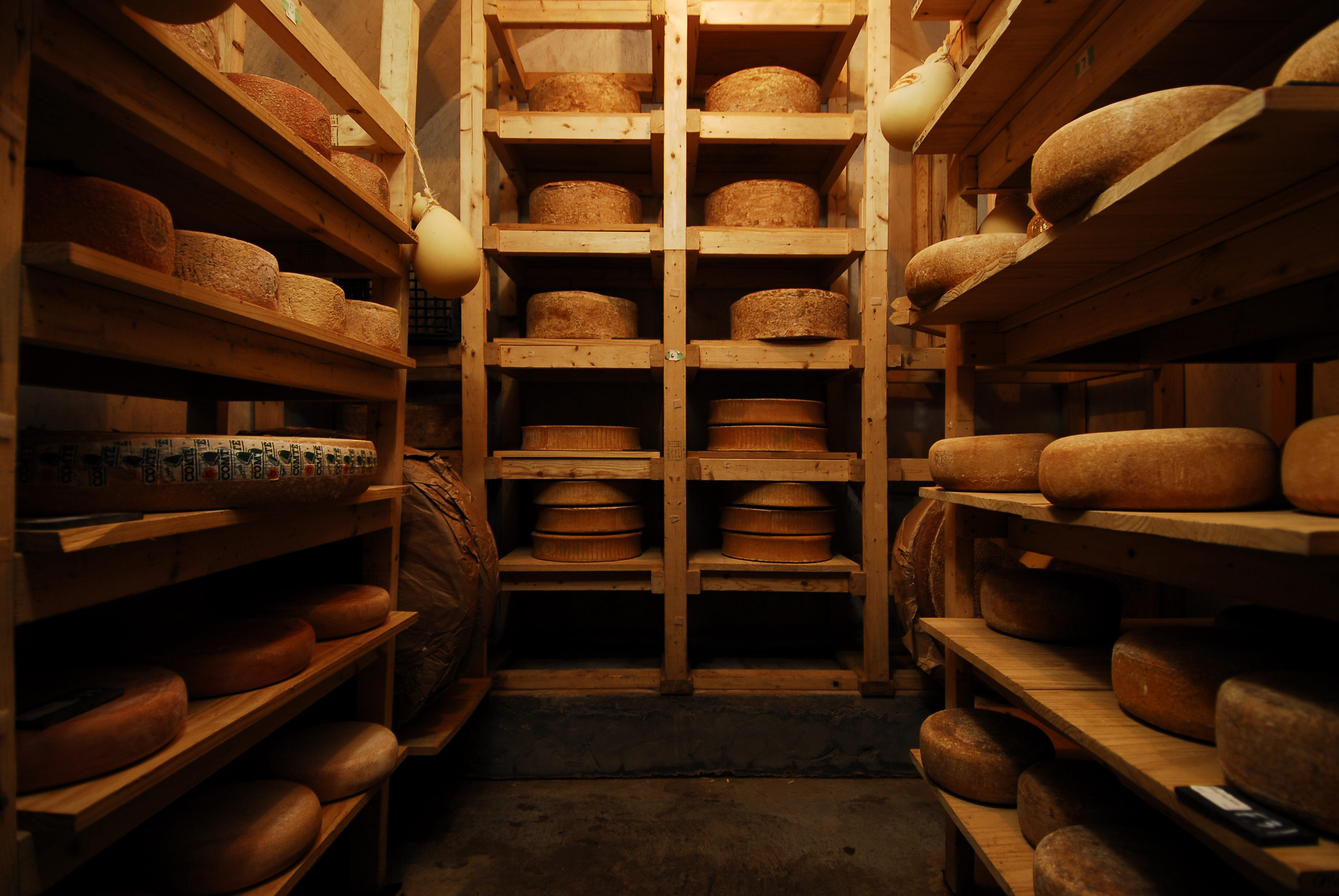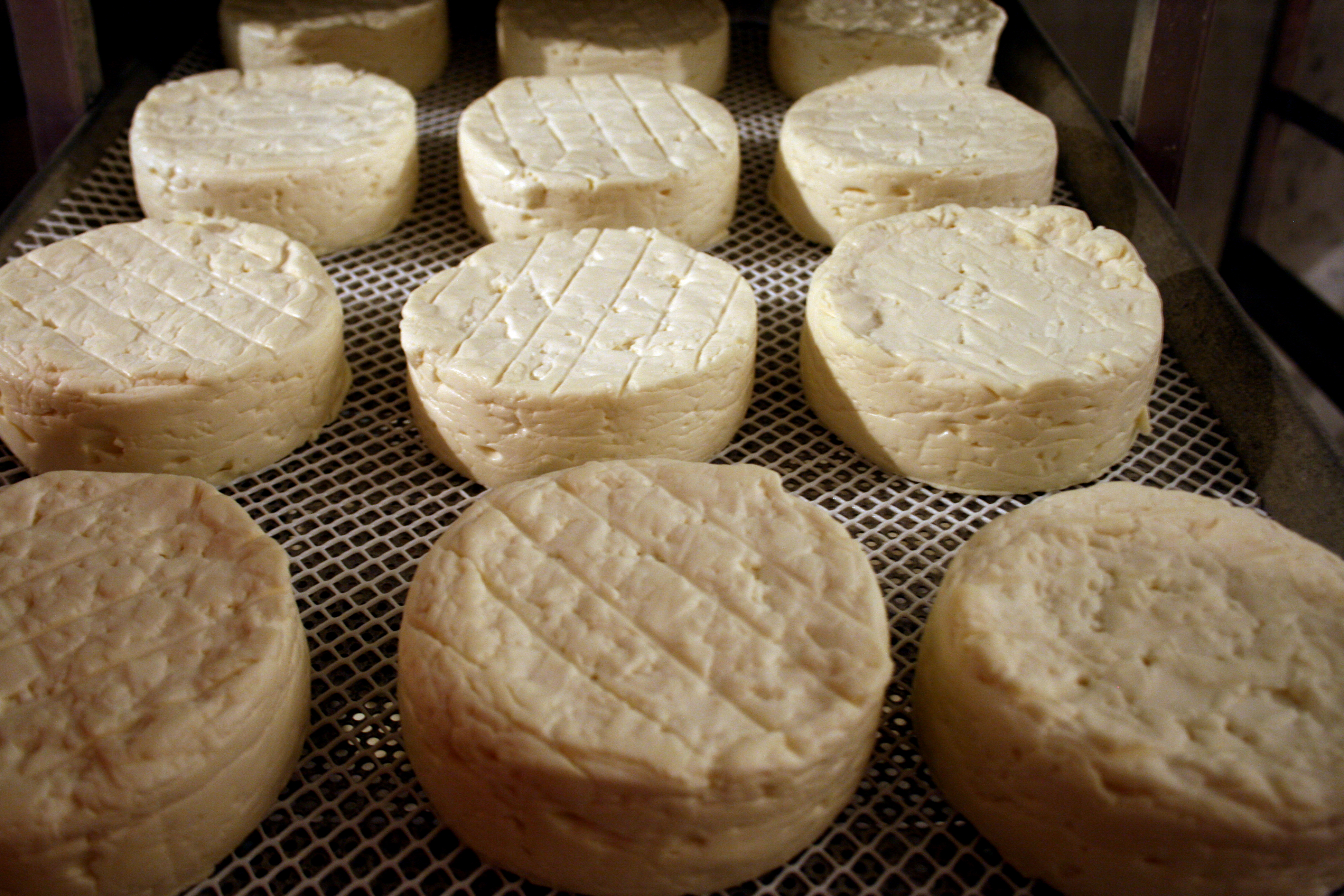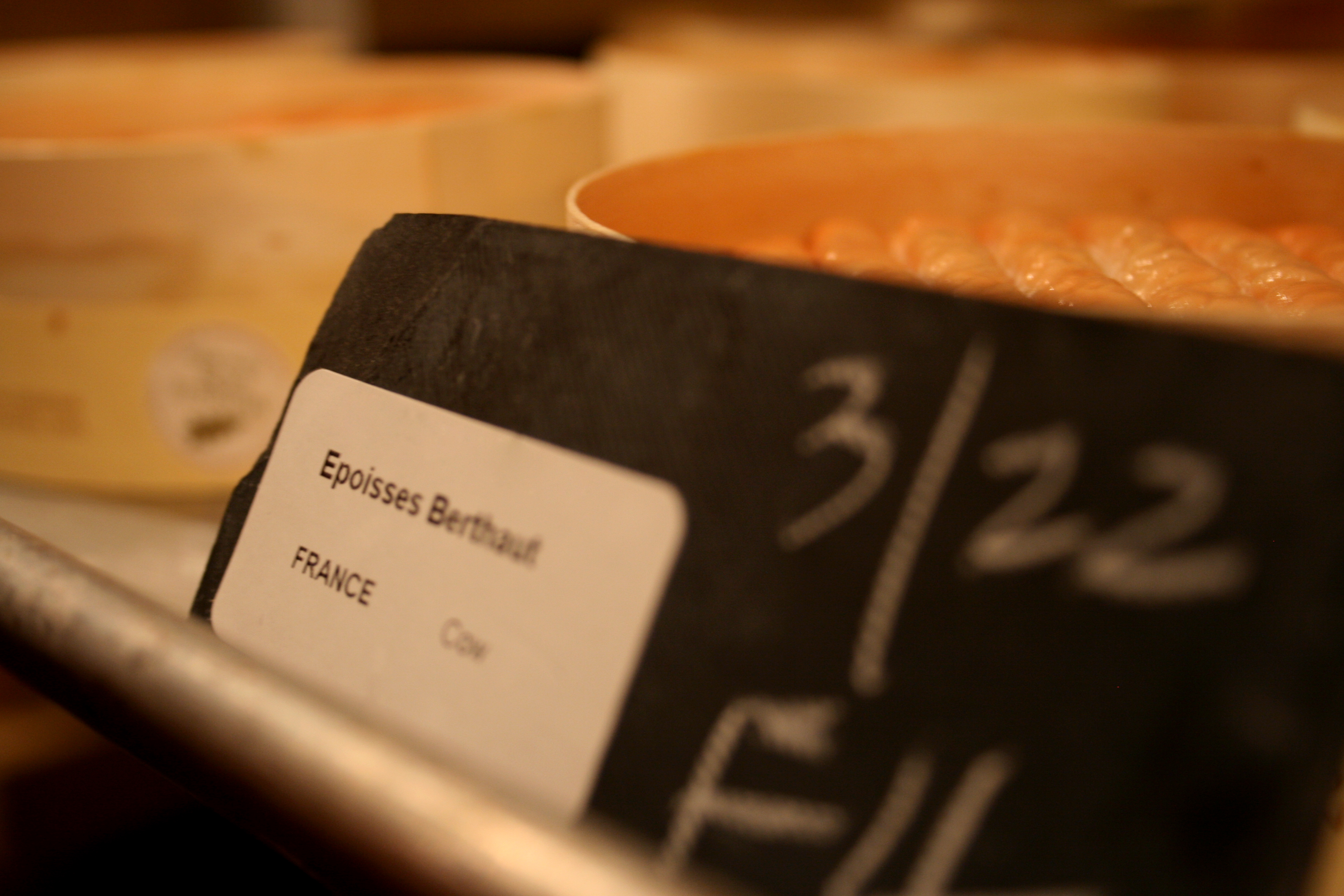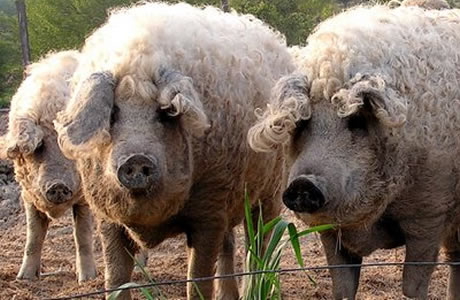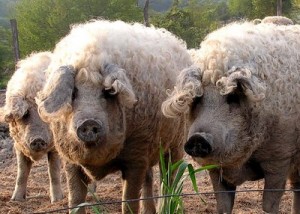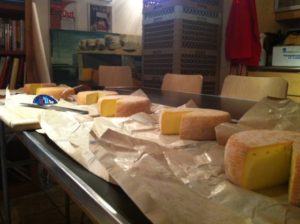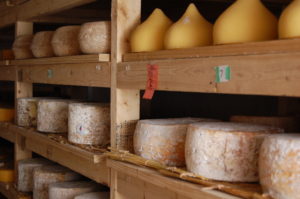By Sascha Ingram
In case you hadn’t noticed, cheese people tend to get pretty passionate, verging on fanatical, about their cheese. The next time you ask your cheesemonger what her favorite cheese is, keep an eye out for the wince she makes as though you’ve asked her to name her favorite child. Listen for the subtle gasp of horror that escapes her lips when you ask if you can freeze this (living, breathing) cheese and eat it sometime in 2024. And watch the sparkle in her eyes as she tells you about the first time (Fall, 2006) that she tasted Beaufort d’Alpage, as she recounts every note of flavor and aroma that forever changed her life that day. (yes, the “she” in those examples is yours truly)
Beneath our Bleecker Street store, you’ll find a testament to our cheese dedication — to making sure that each and every piece of cheese that enters our store leaves in as good or better condition than it was when it came in. Our cheese caves, built in 2004, provide temperature and humidity-controlled rooms to ensure that the cheese is kept cool but not cold, moist but not saturated, with a minimal amount of air blowing across the surface of the cheese that could threaten to dry it out. Our dedicated inventory manager, or affineur, monitors the progress of the hundreds of wheels in the caves, as well as a team of interns who fastidiously pat and flip small format bloomy rinds and wash the ooey-gooey stinkers for hours a week.
We haven’t gone so far as to name each wheel of cheese or hire a string quartet to play to the cheeses at night, but you might suspect it once you’ve tasted how incredible cave-aging can make the cheese. For example, check out our latest domestic obsession: Old Chatham Sheepherding Company’s Kinderhook Creek. It’s a 100% sheep’s milk cheese, with a bloomy (or mold-ripened) rind, from just upstate in the Hudson Valley. We get Kinderhook Creek just after it’s made, before the blossoms of fluffy white Penicillium candidum start to show up. As the cheese sits in our specially crafted bloomy rind cave (pictured below), mold spores activate and begin to alter the flavor of the cheese, breaking down fats and proteins to showcase the buttery richness of the pure sheep’s milk. It becomes decadent and creamy, with a subtle minerality on the rind. One of those cheeses that makes you go, “Mmmmm,” for minutes at a time.
While those adorable molds (What? Under a microscope they look like flowers, I promise) bloom and grow, there’s a different transformation taking place on the rind of everyone’s favorite stinker, Epoisses. Epoisses is a pasteurized cow’s milk cheese made in Burgundy, France, that is washed by the cheesemaker in a solution of Marc de Bourgogne, brandy made from the skins, seeds, and pulp of the grapes used to make inmitable Burgundy wines. Typically such washing ends in France, before the cheeses are placed in their wooden boxes, sealed in plastic, and placed on a boat for their journey to the States- but not at Murray’s. Once we receive the cheese, every piece of Epoisses is unwrapped to allow it to breathe, and the washing process begins again in earnest. Marc de Bourgogne is carefully spritzed over the rind, imparting a fruity, grassy flavor to the rind. The constant application of moisture to the rind encourages the Brevibactirium linens (that orange, sticky bacteria you see on the rind, the one that gives Epoisses its, ahem, aroma) to further break down the paste of the cheese, ensuring that when you cut into your Epoisses its unctuous paste oozes out across the plate, carrying with it the most savory, meaty, brothy, DELICIOUS flavors you’ve ever found in this cheese.
Yes, we bathe our cheese in alcohol, and yes, we have a cadre of interns who lovingly pat and rotate every piece of Selles sur Cher that enters our door. We do it because we love cheese, of course, but also because we love to offer you the newest and most delicious finds – from our neck of the woods or from across the world – and always aged to perfection.
Want more of the cheese caves? Take a photo tour on facebook.

